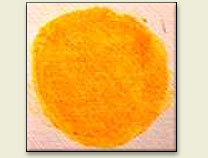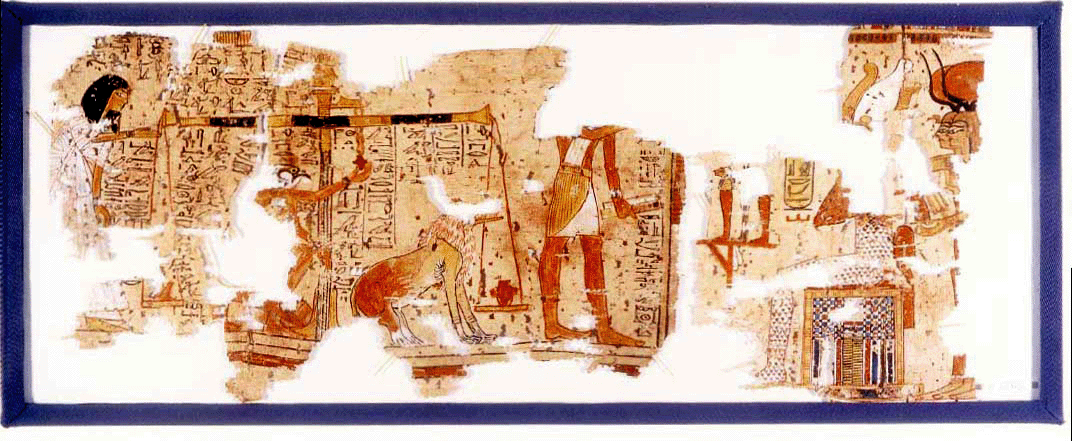
Brief description of Orpiment:
A rich lemon or canary yellow with fair covering power and good chemical stability. It's an arsenic sulfide which naturally occurs widely, but in relatively small deposits. In modern times the artificial version can be made through a process of sublimation and precipitation. Known to the Greeks as arsenikon and related to the Persian zarnikh which is based on the word zar, the Persian for gold, it's mentioned by Pliny and Vitruvious and found in Egyptian works, Persian and across Asia. It seems to have had little known use in Northern Europe where lead tin yellow seems to have been one of the dominant yellows in a European palette.
Names for Orpiment:
| Alternative names: | King's yellow | ||||||
| Word origin: | The name "Orpiment" comes from Latin auripigmentum, in allusion to the vivid golden hue.. | ||||||
| Non-English names: |
|
||||||
| Origin: | mineral and artificial | ||||||
| Chemical name: | Arsenic sulfide |
Example of use by artists:

Papyrus, 13th century BC, Petrie Museum, University College London
The following pigments were detected in this original papyrus thanks to a Raman spectroscopy analysis, orpiment (yellow), pararealgar (yellow form degraded realgar), and carbon (carbon).
(intro) - Cadmium yellow/red - Chrome yellow - Cobalt yellow - Indian yellow - Lead-tin yellow - Lemon yellow - Naples yellow - Orpiment - Yellow ochre

